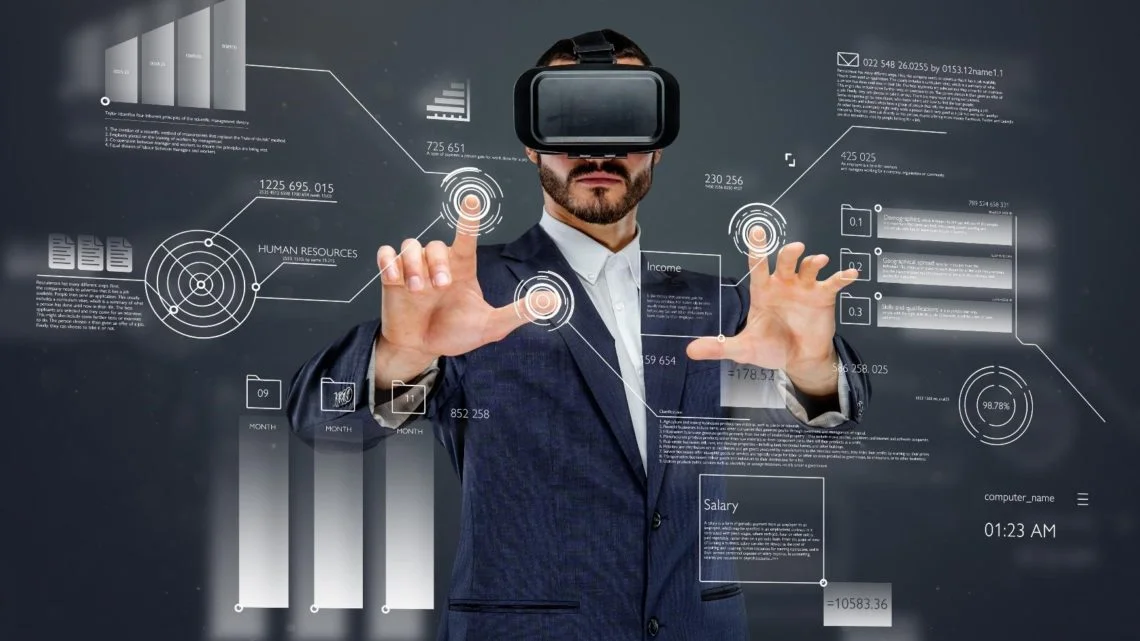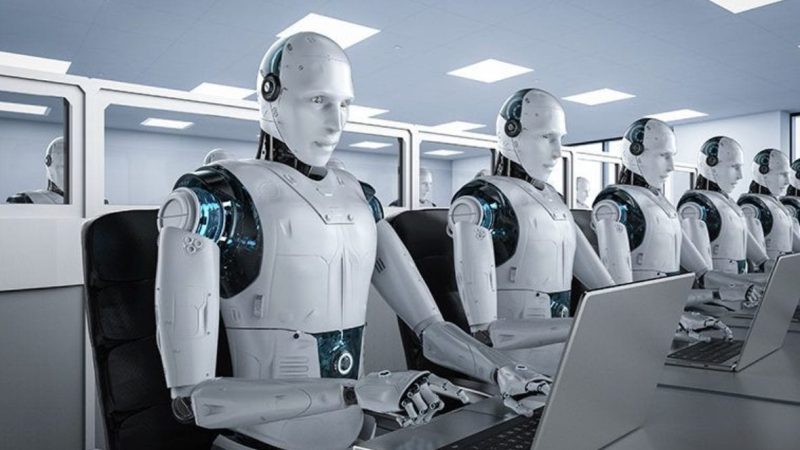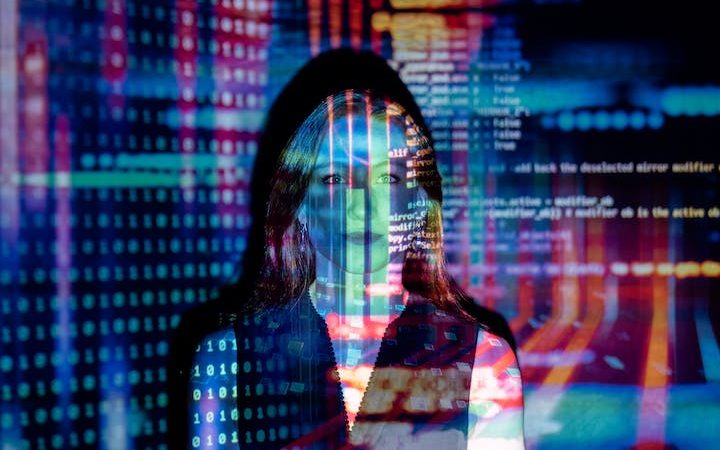Augmented Reality, Virtual Reality and Mixed Reality, how are they different?

The Augmented Reality, Virtual Reality and Mixed Reality have made the leap from the sector of leisure and free time to the business and educational environment by changing the way we interact with data and information. According to the latest IDC research, in 2020 half of the large companies will have implemented some type of digital strategy linked to these technologies, predictably reaching more than 22,000 million dollars of investment .
For users, the appearance of Wearables such as HMDs (head-mounted displays) has brought consumers closer to the use of this type of technology, allowing access to them to become an experience that is increasingly in demand.
Given this reality, knowing the differences between the three is key to being able to take full advantage of the opportunities offered by each one of them.
What are the main differences between them?
- The Virtual Reality generates totally nonexistent virtual worlds,
- the Augmented Reality combines with other elements exist that do exist,
- and Mixed Reality is a mix between both technologies, that is, it combines real and virtual elements in a 3D-generated environment.
To learn more about these types of technological developments, from SLICKMAGNET we are going to explain what each one consists of.
Table of Contents
What is Virtual Reality (VR)?
The Virtual Reality or VR is a technology whose main feature full immersion of the user in a fictional world. For this, it is necessary to have specially designed devices such as helmets or Virtual Reality or HMD glasses. These teams allow the user to interact without leaving the virtual world.
One of the most widespread VR applications is related to the world of leisure and video games. Virtual Reality devices work in such a way that the user visualizes what is on the screen while sensors connected to it recognize the movements and gestures of the individual to act accordingly.
There are two types of Virtual Reality: passive and interactive. The VR passive is the one that allows the user to visualize the virtual world but without the ability to interact in it. Instead, interactive VR, as its name suggests, is one in which the user has control over virtual elements and can interact with them.
Big Data and Virtual Reality
The use and implementation of Virtual Reality techniques in Big Data systems arises from the need to clearly and intuitively visualize all the data, graphs and tables that are generated. Thanks to this, the large amount of information stored within these systems is much more understandable, manageable and easy to analyze.
What is Augmented Reality (AR)?
The Augmented Reality adds or superimposed layers of virtual information to the real world through elements created digitally. These elements are naturally integrated into the environment that surrounds the user.
This is the key to the difference between Augmented Reality and Virtual Reality , since AR does use the real world as part of the experience. In the case of Augmented Reality, the user does not need total isolation from the surrounding environment since the devices used, such as smartphones or tablets, allow the visualization of both realities.
What equipment is necessary to create Augmented Reality?
For the AR experience to be successful, it is necessary to use devices that build the virtual elements in the user’s environment:
- To capture the images of the real environment, it is necessary to make use of cameras integrated with the AR applications .
- The Augmented Reality processor is in charge of differentiating the images captured by the camera and placing the technologically generated elements in them.
- The Augmented Reality software is the program that generates virtual designs that add information to the real space thus creating the Augmented Reality experience.
- Finally, to process all the elements, it is necessary that triggers are located in the physical environment . These triggers consist of a series of programmed templates that have a code inserted that is captured through the camera and that tell the device when to display the virtual image. In this way the software recognizes the elements of AR.
What is Mixed Reality?
The Mixed Reality or MR , also known as Hybrid Reality, is the combination of the Virtual Reality and Augmented Reality. In this way, it is possible to create new spaces in which both real objects generated in 3D and virtual elements interact .
The idea of this technology is to generate a 3D model of reality and, on top of it, superimpose virtually created information. In this way, additional content of value for the user is generated.
Applications of Mixed Reality
Mixed Reality can be applied in a multitude of areas and sectors thanks to its multidisciplinary nature . Its main applications include the education, engineering or leisure sectors.
An example of this is the education sector , where Mixed Reality is used with the aim of facilitating and improving the learning capacity of students. Thus, the assimilation of information is facilitated through visual elements that capture the attention of students. It also gives the opportunity to personalize teaching techniques so that students can manipulate and interact with virtual objects.
Regarding the engineering field , Mixed Reality is becoming a key factor regarding the use of technologies such as 3D modeling, remote applications or project monitoring.
For its part, within the world of leisure, Mixed Reality takes over from VR in virtual applications and games . Companies like Magic Leap or Lucasfilm have begun to bet on this type of reality. To do this, they use methods such as light field signals, which project the image directly into the user’s eyes without the need for electronic devices.
Conclusion
Virtual Reality, Augmented Reality and Mixed Reality are the starting point of an endless number of technological applications that we will experience in the coming years. From Slickmagnet, as technology specialists , we hope to have contributed to clarify what each one of them consists of and what its differentiating elements. We invite you to share your questions or opinions with us through the comments. Remember that you can also follow us through our social networks: Facebook , Instagram , LinkedIn and YouTube .






